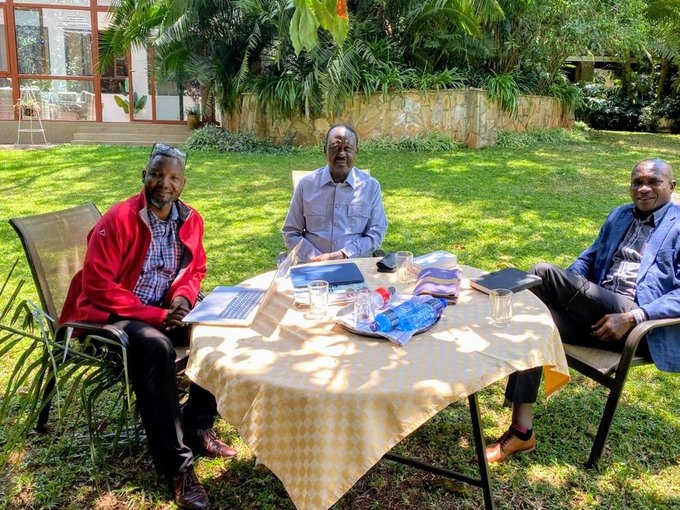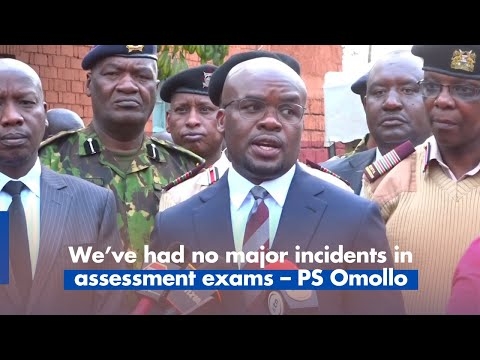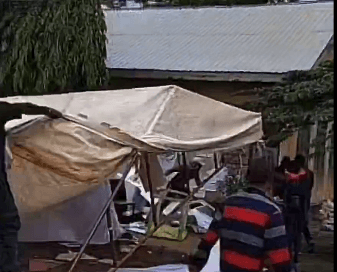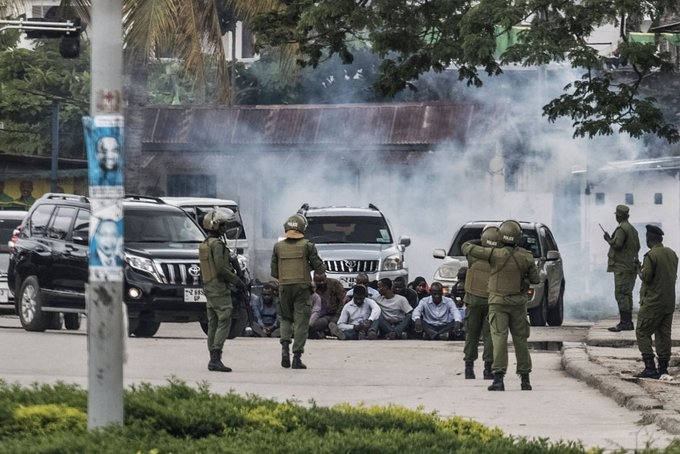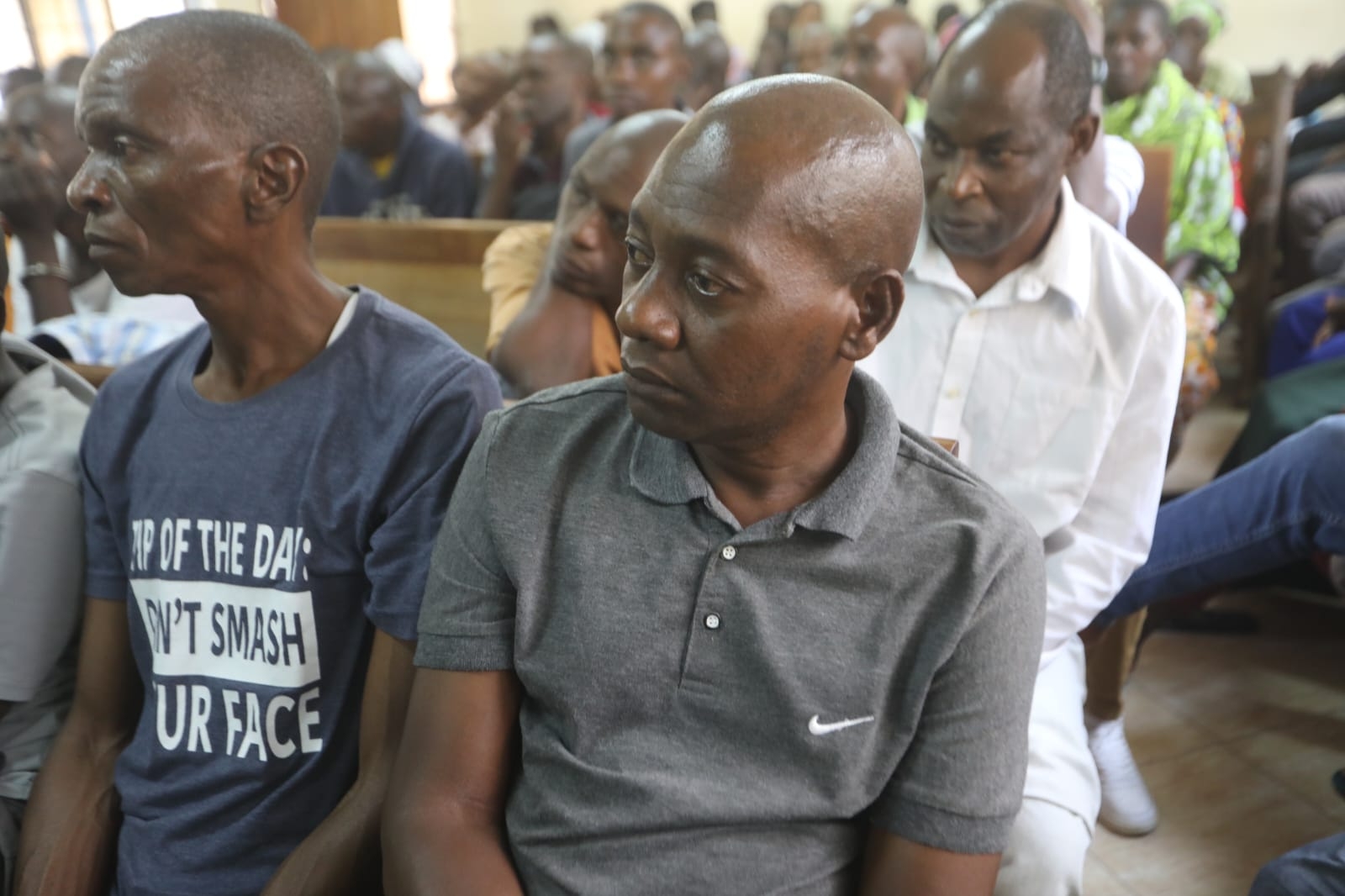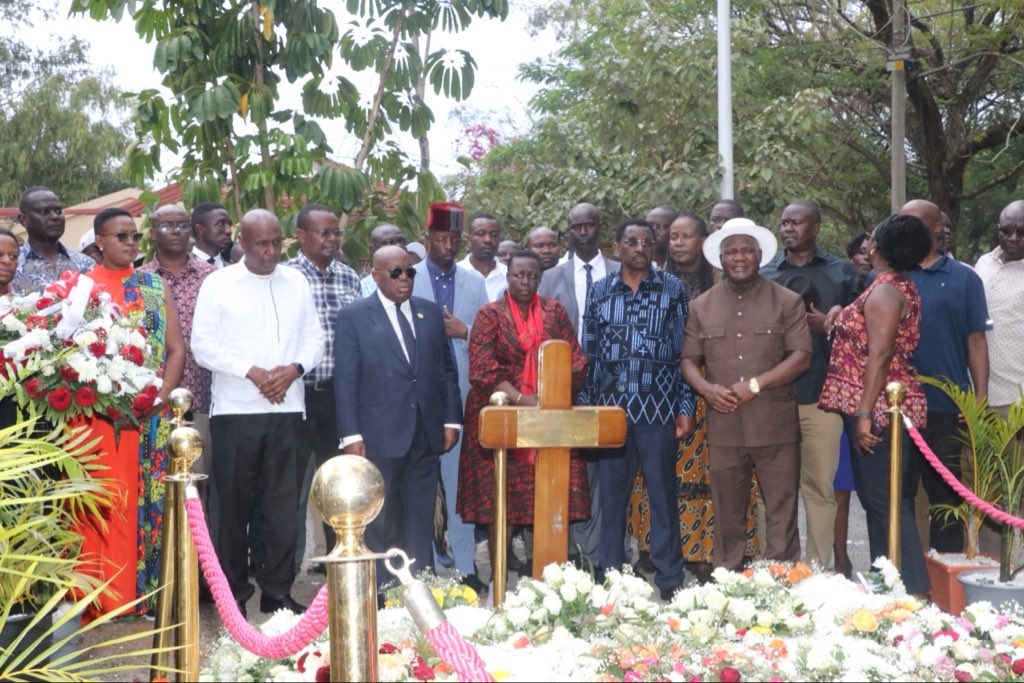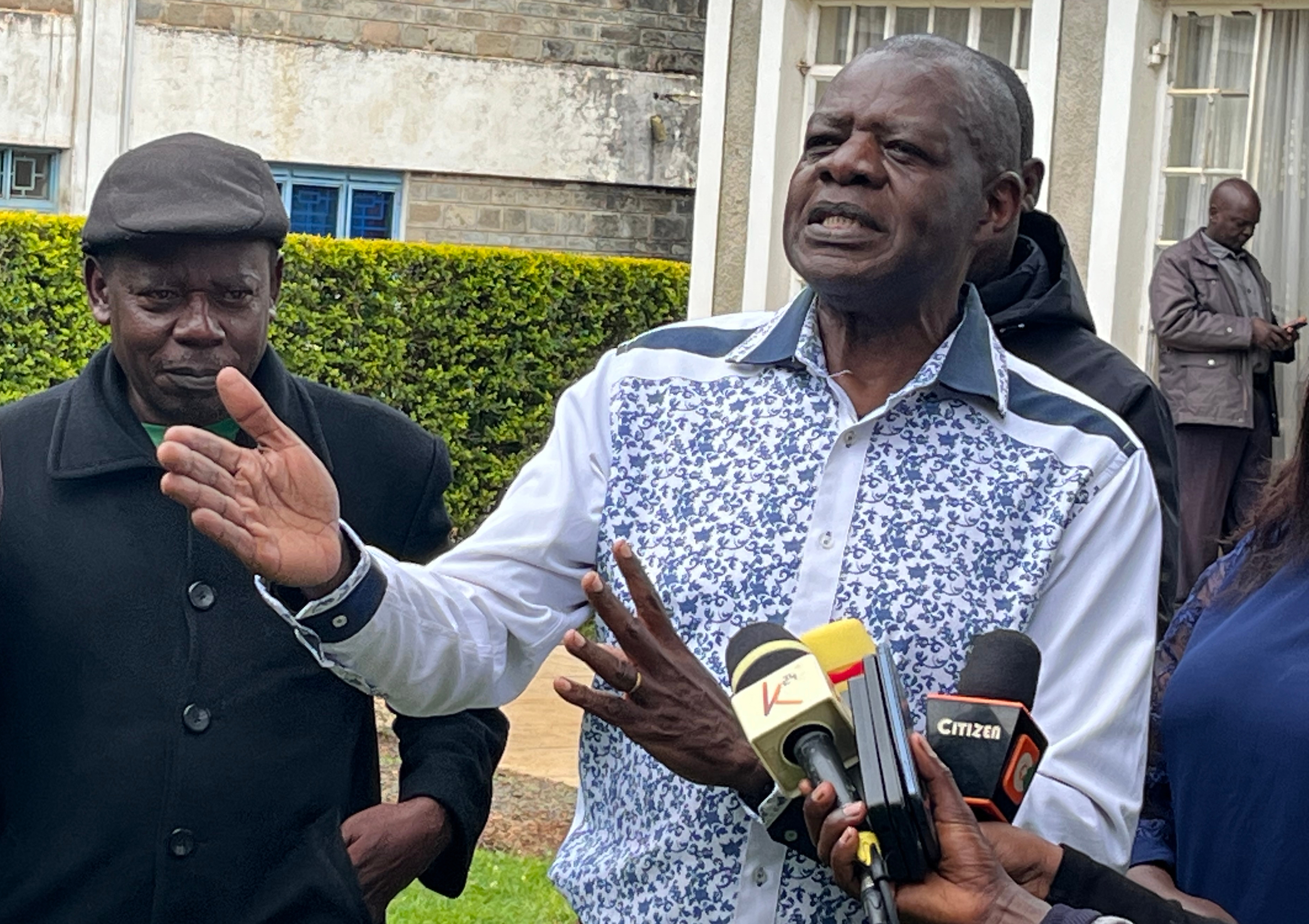The Director of Veterinary Services (DVS) has issued an alert on a potential outbreak of Rift Valley fever in the coming short rains season.
In a notice issued on Tuesday, DVS confirmed that there will be an increased risk of Rift Valley Fever outbreak during the October 2023 to January 2024 rainfall season, hence the important considerations for risk mitigation and response.
Obadiah Njagi, director of Veterinary Services said the above-average rainfall and flooding provide the ideal conditions for increased mosquito populations.
This in turn may result in amplified transmission of vector borne diseases in humans and livestock.
“Key among these is Rift Valley Fever (RVF), this is a zoonotic infection that is associated with significant mortalities in humans and livestock. In addition to socio-economic losses related to livestock morbidity and trade blockades,” he said.
The Kenya Meteorological department issued an alert on the expected occurrence of the El Nino Southern Oscillation (ENSO) phenomenon in the October to December season.
MET outlook showed that El Nino is expected to result in above-average rainfall and flooding in most parts of the country.
The last major outbreak of RVF in 2006-2007 resulted in approximately 200 human deaths and an estimated Sh1.76 billion in losses in the Kenyan animal industry.
Njagi urged County Directors of Veterinary Services to immediately initiate RVF prevention, early detection and rapid response.
He advised County Veterinary Services to increase awareness of the RVF case definition and other epidemic-prone livestock diseases among livestock keepers and all animal health workers.
“They also need to equip multi-sectoral rapid response teams to support effective event investigation and response. This includes defining the roles and responsibilities of various stakeholders in the response including health care providers, entomologists and NGOs. They also need to implement mosquito control measures to reduce the spread of RVF in potential hotspots,” Njagi added.
The DVS also called for strengthening of risk-based disease surveillance and notification through enhancing event based and syndromic surveillance of animals in high risk-areas.
“At the county level, high-risk areas can be defined based on the history of flooding, entomological surveys on mosquito distribution. History of RVF outbreaks, distribution and density of susceptible livestock populations, historical information on the virus/diseases' distribution and epidemic behavior during previous RVF outbreaks,” he said.
The notice also urged county governments to implement best practices to enhance personal safety. This includes the use of gloves, face masks, and other appropriate protective clothing when handling sick animals or their tissues.
He advised for good coordination between public health and animal health services through data sharing and timely communication with human, wildlife, and environmental health officers.
“The DVS office through the Zoonotic Disease Unit and the Veterinary Epidemiology Section is on hand to provide real-time technical assistance. The Kenya Rift Valley fever contingency plan provides additional guidance on preparedness, prevention, and response actions to be taken,” Njagi said.


